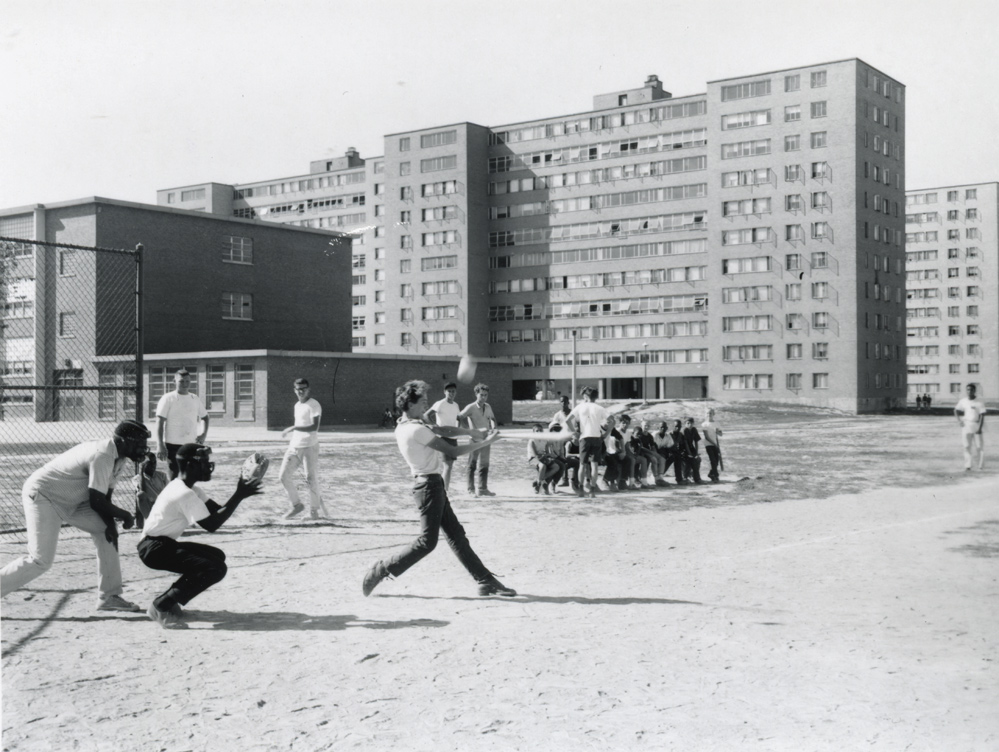
This seminar examines the design and adaptation of ordinary inhabitation, taking as its starting point the Pruitt-Igoe housing project in St. Louis. Did this housing project succeed or fail as architecture? The question maybe has been asked for the wrong reasons. We will examine whether Pruitt-Igoe fulfilled the United States’ government’s goal of creating modern, effective mass housing for working-class Americans. The path to an answer will examine the tangle of architectural modernism (and its critics), vernacular architecture, US housing policies and ideological shifts within architecture itself. The seminar will investigate the career of architect Minoru Yamasaki, precedent tenement housing forms and other social mass housing projects in the United States and Europe. Ultimately, students will complete research on whether or not it is possible to (re)claim Pruitt-Igoe as a successful architectural endeavor by understanding what housing forms it was intended to replace and what has come after.
